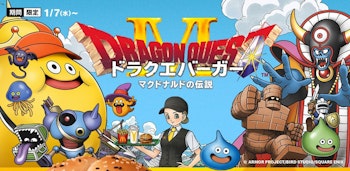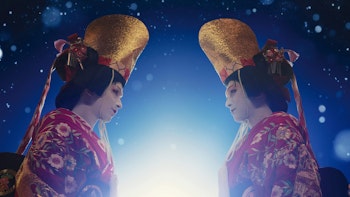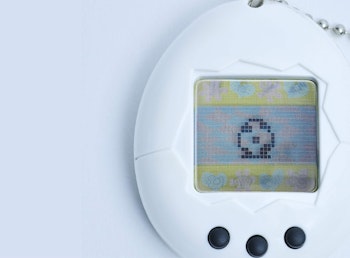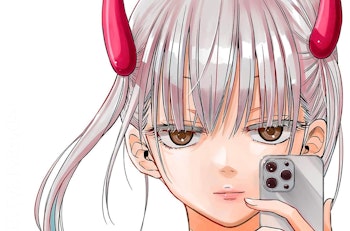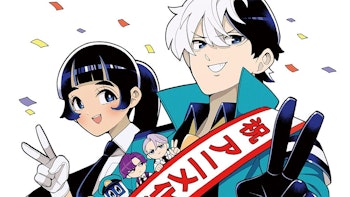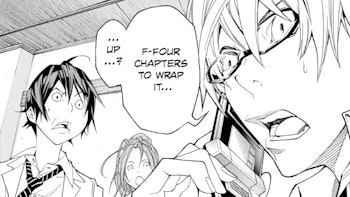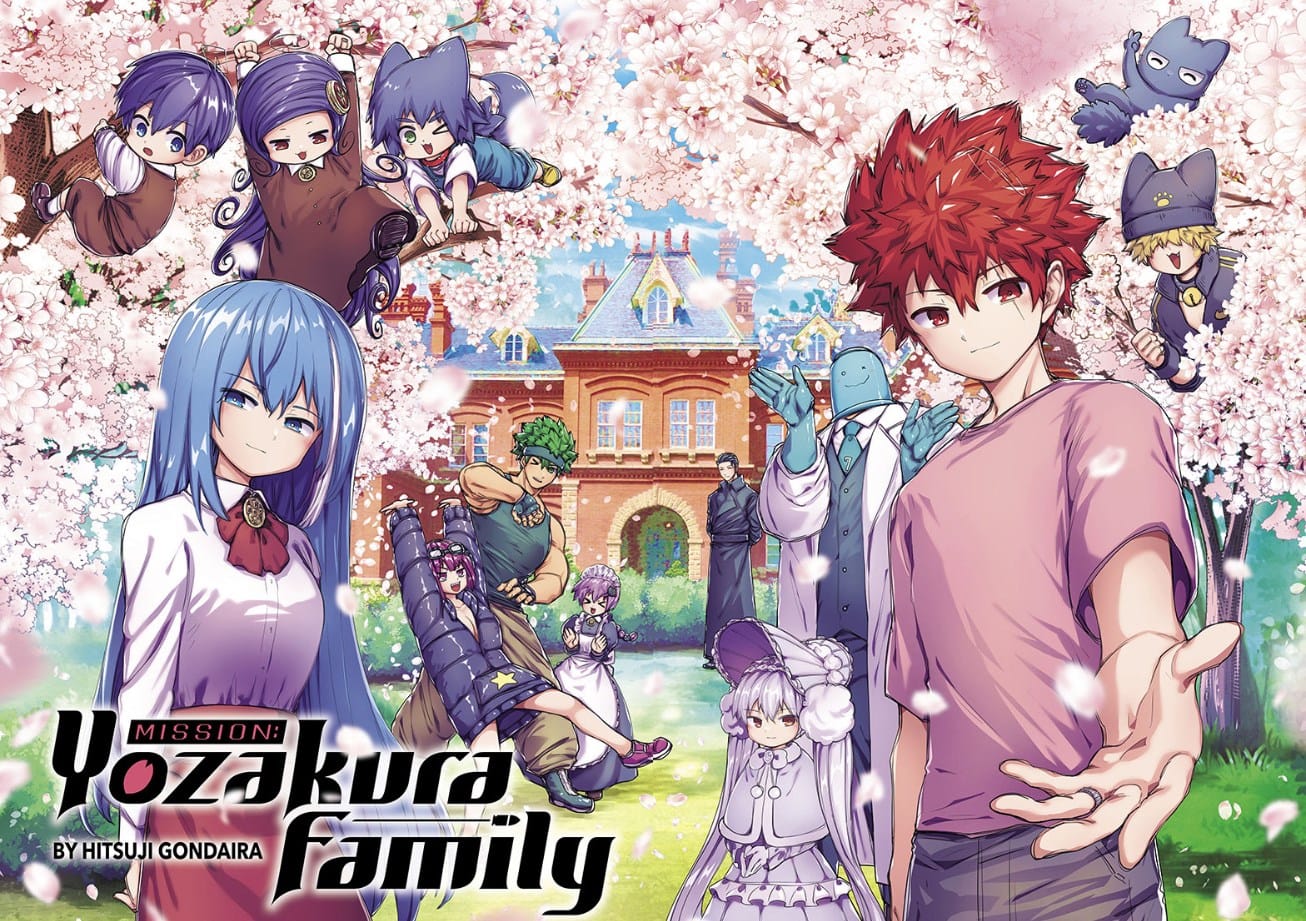
Despite being the second-oldest series in Weekly Shonen Jump up until last week, Mission: Yozakura Family by Hitsuji Gondaira hardly ever gets a mention in any discussion about the publication. Indeed, most people still prefer to call back to such behemoths as One Piece, KochiKame, and Hunter x Hunter, but most of these series have either long since finished or are published on an irregular basis. This simple fact alone illustrates the complicated legacy that Mission: Yozakura Family’s ending leaves behind, one that will be ultimately decided by how fans choose to remember it.
This article contains spoilers for the entirety of Mission: Yozakura Family.
If you’d have told me back when Mission: Yozakura Family first started that it would go on to become one of my favorite series in Weekly Shonen Jump, I probably would’ve laughed you out of the room. The first two dozen or so chapters were truly rough: full of forced gags, tired stereotypes, and focused on such excellent characters as Asuka Hatoda. Accusations of trend-chasing following the recent success of Spy x Family didn’t help either, but six years of weekly publication allowed the story to change and improve over time.
The real turning point came in chapter 63, when Ban showed Taiyo the power of the Yozakura family’s special ability, also known as a “Blooming.” Up until this point, the series had been a relatively straightforward spy comedy with powers rooted in the real world, but this was the first moment that the story tilted towards the supernatural. What really changed my own personal perspective, however, was when Futaba used her Blooming ability Magnanimity several weeks later in chapter 70.
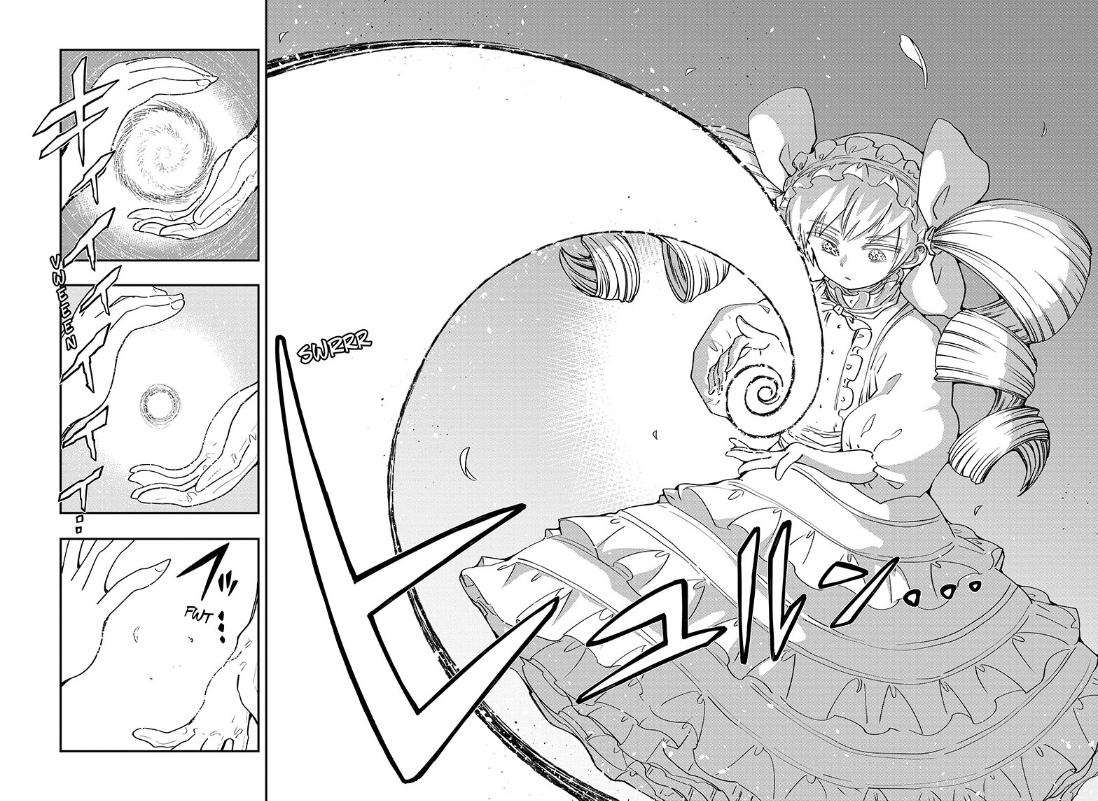
It would be no exaggeration to say that the above panel was instrumental in ensuring that Mission: Yozakura Family’s ending came six years later instead of six weeks. While others may point to different examples depending on their own preferences, there’s no denying that the introduction of Blooming powers marked a sea change in the series away from comedy and towards action. This genre shift also unleashed Hitsuji Gondaira’s talent as an artist, allowing him to experiment with dynamic compositions in a way that wasn’t possible with a more light-hearted subject matter.
Another aspect that only improved over time was Mission: Yozakura Family’s family dynamic. In many ways, our own relationship with the various characters mirrored that of Taiyo: a stranger at first, but eventually part of the inner circle and increasingly aware of what made each of them tick. The birth of Alpha and Hifumi following the timeskip then flipped the situation entirely and allowed us to see what it would have been like to be in this family since birth, complete with loving attention from the formerly hostile Uncle Kyoichiro.
With regards to the ending itself, Mission: Yozakura Family largely stayed true to these dual strengths of stunning art and interpersonal dynamics. Even though the twins didn’t play as big of a role as initially thought, Taiyo eventually managed to break free from Asa’s control and finally put an end to the villain with his True Spring Blooming. He even managed to reconcile with Kyoichiro right at the very end, earning his approval as Mutsumi’s husband and a father of the next generation.

Regardless of how much Mission: Yozakura Family improved over the course of its run, however, it must be said that its ending was not the kind of event it deserved to be. Unlike My Hero Academia or Jujutsu Kaisen’s conclusion, the topic did not trend on social media, while the actual post announcing the series’s conclusion has only received 290,000 views as of the time of writing. Compare that to Jujutsu Kaisen’s 10 million views on a similar post and the reality is clear: despite being serialized for a similar period of time, Yozakura was simply not as popular as its contemporaries.
That fact is only made even clearer when looking at the series’ sales figures. Just before the release of its 28th volume and six years since it started, Jujutsu Kaisen had over 10 million copies in circulation. The latest figure for Mission: Yozakura Family, meanwhile, is 300,000 copies in circulation ahead of its 27th volume after a similar period of time. Even if the series does get a bump from the upcoming 28th and 29th volume releases, it surely won’t be enough to match the might of Jujutsu Kaisen, let alone My Hero Academia.
The point of this is not to bash Mission: Yozakura Family, nor take away from the enjoyment it has provided myself and many other readers over the years. Rather, it’s important to point out that Hitsuji Gondaira’s series is something of an anomaly in the pages of Weekly Shonen Jump: a series that never managed to achieve astonishing sales figures, but still managed to keep on publishing for more than six years. It might even end up getting a full anime adaptation past its conclusion like Dr. STONE, judging by the prompt announcement of a second season at last year’s Jump Festa.
Comparatively low sales figures do mean, however, that Mission: Yozakura Family ending is never going to take up any places in the record books. If fans want to ensure that this series isn’t quickly forgotten, then it’s up to them to spread the word and keep the legend alive. Judging by certain reactions on social media, such passion does exist, but only time will tell if Hitsuji Gondaira’s series retains a legacy worth remembering.
You can read Mission: Yozakura Family in English for free via VIZ Media’s Shonen Jump.
